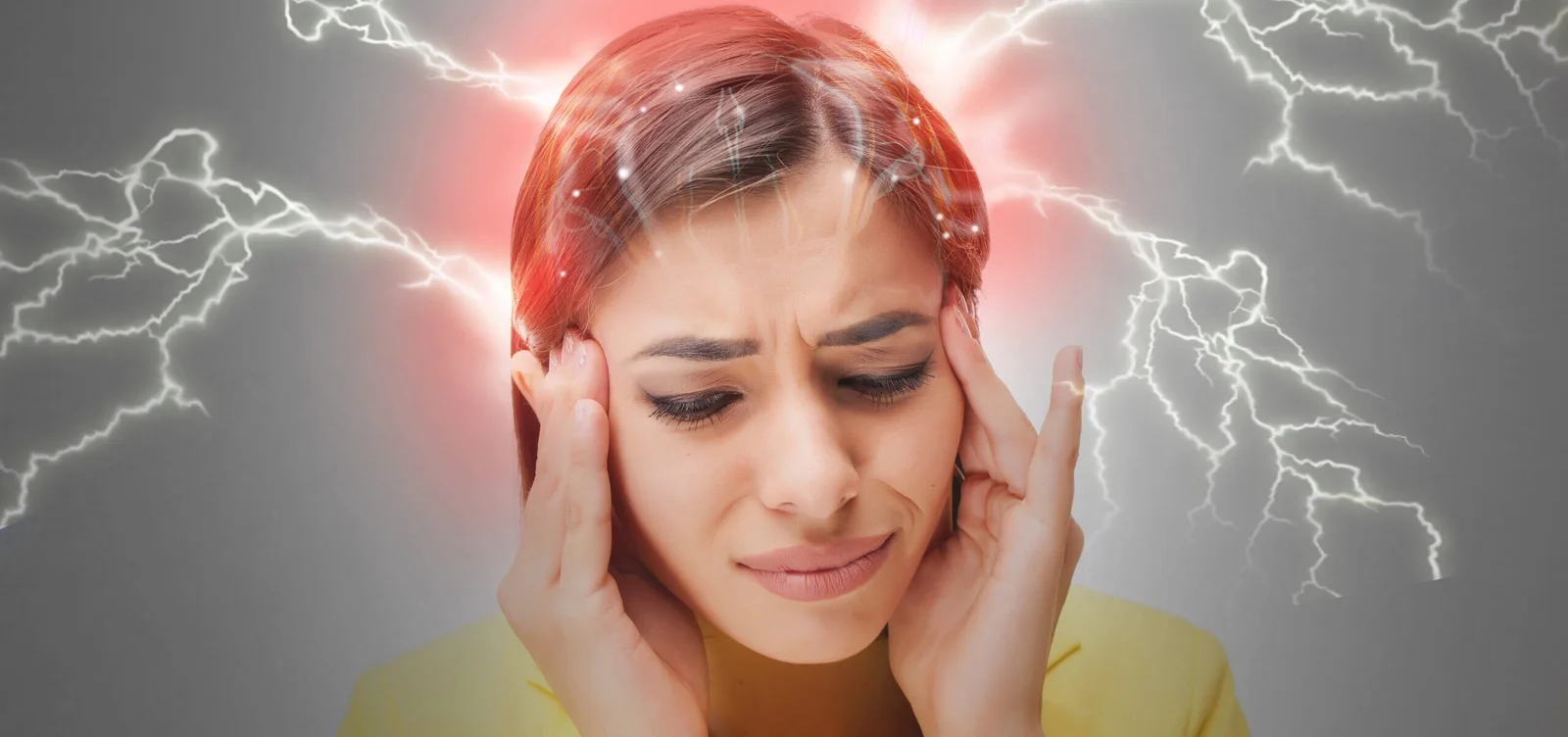What is a Migraine?


Symptoms of Migraines?
Pharmacological Treatment of Migraines
Pharmacological treatments for migraines are divided into two main categories: preventive and abortive.
- Preventive Treatments: These medications are taken regularly to reduce the frequency and severity of migraines. Common preventive treatments include beta-blockers, antidepressants, anticonvulsants, and calcium channel blockers. CGRP inhibitors are a newer class of medications designed specifically for migraine prevention by blocking a protein involved in migraine development.
- Abortive Treatments: These medications are taken at the onset of a migraine to relieve symptoms. Abortive treatments include triptans, which target serotonin receptors to reduce inflammation and constrict blood vessels, as well as NSAIDs and over-the-counter pain relievers. In some cases, anti-nausea medications are also used to manage associated symptoms.


Novel Treatments for Migraines
In addition to traditional pharmacological treatments, novel therapies are emerging to help manage migraines, especially for those who have not found relief through medication alone. Interventional pain management techniques such as Botox injections are FDA-approved for chronic migraines and work by temporarily paralyzing muscles and blocking pain signals. Nerve blocks, including occipital nerve blocks, can target specific nerves that may be contributing to migraine pain.
Trigger point injections can help relieve tension in the muscles that may exacerbate migraine symptoms. Light therapy and other neuromodulation techniques are also being explored as non-invasive options to reduce migraine frequency and intensity. These advanced therapies offer new hope for migraine sufferers looking for relief beyond traditional medications.
